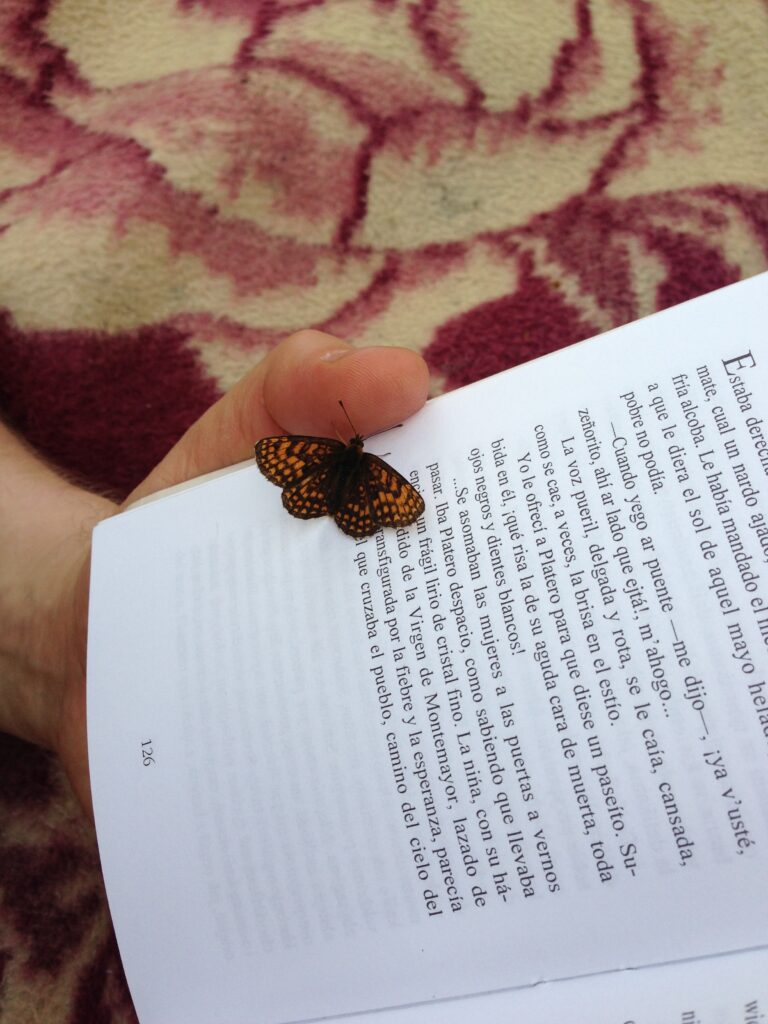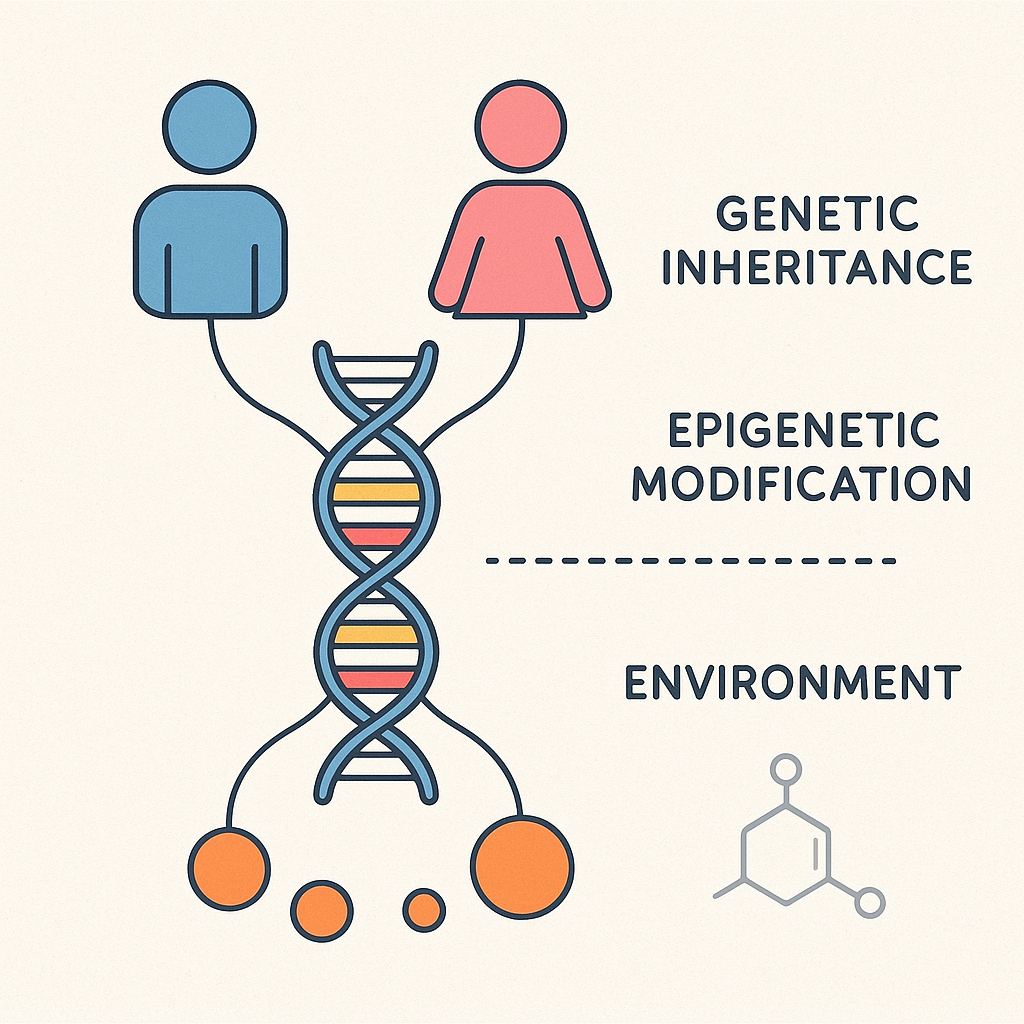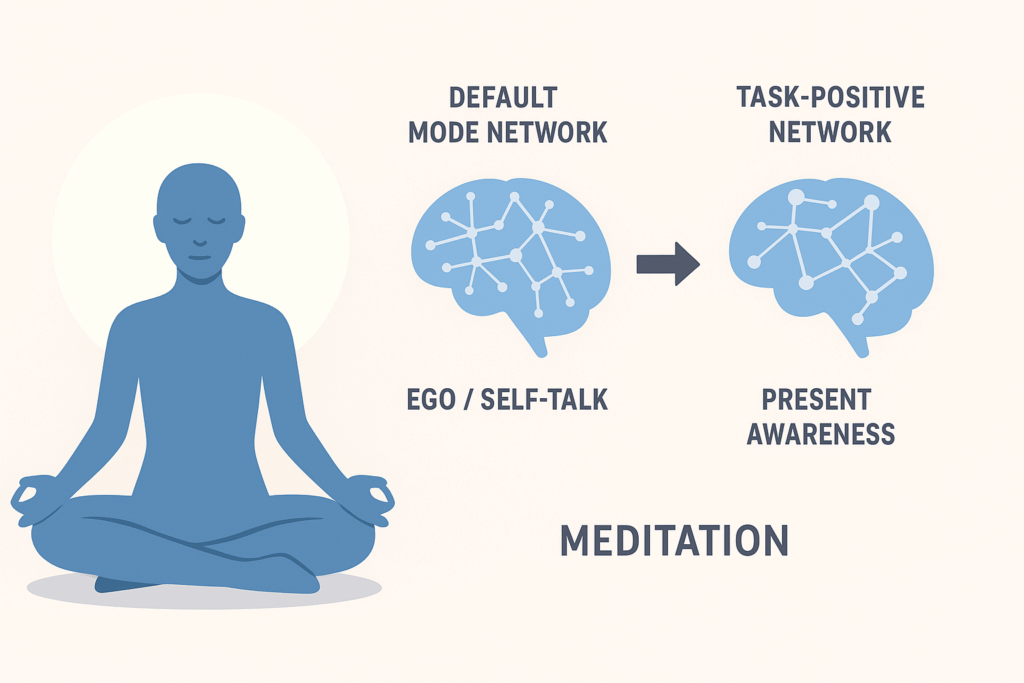The Interplay of Consciousness, Genetics, and Human Development: A Scientific Perspective

Abstract
Human development from conception to early consciousness involves a complex interaction of biological, psychological, and environmental processes. This article reviews scientific perspectives on prenatal experiences, genetic inheritance, subconscious programming, and the neurobiological foundations of consciousness. It also explores how these factors relate to health, behavior, and emerging theories about human potential and longevity.
1. Prenatal Consciousness and Early Experience
Research in developmental neuroscience suggests that the human fetus responds to sensory stimuli in utero. By the third trimester, auditory perception allows the fetus to recognize maternal heartbeat rhythms and external voices, shaping emotional and neurological development (Partanen et al., 2013). Traumatic or stressful birth experiences can leave lasting imprints on neural pathways, potentially influencing stress responses later in life (Chamberlain, 2013).
2. The Genetic Blueprint and Epigenetic Influence
Every individual inherits a unique genetic composition derived from parental DNA. Genes encode proteins essential for cellular function, but their expression is dynamically regulated by epigenetic mechanisms such as DNA methylation and histone modification. These modifications, influenced by parental health, diet, stress, and environment, can transmit across generations (Jirtle & Skinner, 2007). Thus, genetic inheritance is not a fixed script but a flexible blueprint, responsive to internal and external conditions.
3. The Subconscious Mind and Behavioral Conditioning
Cognitive psychology and neuroscience emphasize the dominance of subconscious processes in shaping behavior. Studies estimate that up to 95% of human cognition operates outside conscious awareness (Bargh & Chartrand, 1999). Early life experiences, reinforced through repetition, are encoded as subconscious “programs” influencing emotional reactions, health outcomes, and decision-making. This aligns with psychoneuroimmunology research, which demonstrates that subconscious stress patterns can modulate immune and endocrine responses (Ader et al., 2001).

4. Consciousness, Ego, and Self-Identity
Philosophical and neuroscientific debates continue regarding the nature of consciousness. The “ego” can be understood as the brain’s construction of a continuous self, based on memory integration and predictive modeling. However, meditation research indicates that practices such as mindfulness, fasting, and controlled breathing can quiet egoic self-referential processing, shifting activity from the default mode network (DMN) to regions associated with present-moment awareness (Brewer et al., 2011). This shift is correlated with reduced stress, improved emotional regulation, and enhanced well-being.
5. Free Will, Determinism, and the Law of Cause and Effect
Although genetic and environmental factors strongly influence human development, neuroscience supports a degree of neuroplasticity and volitional control. Brain imaging studies show that intentional practices—such as visualization, meditation, and affirmations—can rewire neural circuits (Davidson & McEwen, 2012). While causality remains a universal principle in physics and biology, human beings retain the capacity to influence their trajectories through conscious choice, thereby modifying subconscious conditioning over time.
6. Longevity, Regeneration, and Human Potential
From a purely biological perspective, aging is linked to cellular senescence, telomere shortening, and accumulated DNA damage. However, emerging research suggests that interventions such as caloric restriction, intermittent fasting, and controlled breathing may slow aging processes and promote regeneration (Longo & Panda, 2016). Advances in epigenetic reprogramming even raise the possibility of extending human lifespan significantly, though true “immortality” remains speculative.
Conclusion
The interplay of genetics, subconscious programming, and conscious awareness shapes every dimension of human life—from prenatal experiences to adult decision-making and aging. While scientific inquiry cannot validate metaphysical notions of “soul,” it increasingly demonstrates that conscious practices can harmonize mind, body, and environment, fostering resilience, health, and expanded states of awareness.

